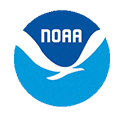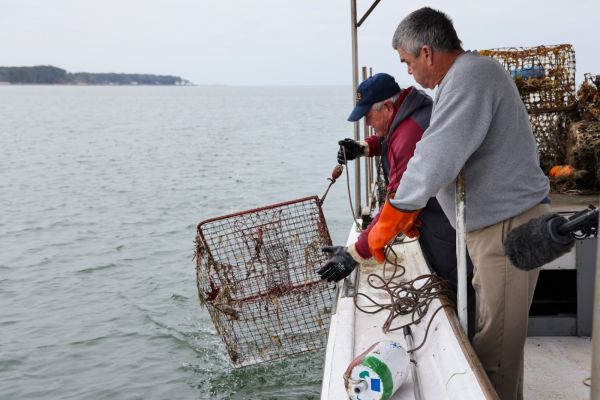During World War II, the SS Coast Trader was hit by a torpedo and sank off the coast of Washington State. A recent dive to evaluate the vessel’s integrity showed potential signs of a leak from its 542 tons of heavy fuel oil aboard. NOAA’s Office of Response & Restoration began a comprehensive assessment of the Coast Trader’s fuel were it to fully leak, modeling potential paths and the impacts on the coastline.
Supporting Clean, Healthy Coasts and Economies
Prepare • Respond • Restore • Recover
OR&R Services
Disaster and Pollution
Oil and Chemical Spill Response
OR&R provides scientific support to over 150 oil and chemical spills in U.S. waters annually. Spills impact lives, property, and public natural resources, as well as disrupt marine transportation with widespread economic impacts.
Oil and Chemical Natural Resource Restoration
OR&R and partners assess the impacts of oil spill and industrial pollution incidents and reach legal settlements with those responsible to fund restoration. Over the past 30+ years, NOAA and co-trustees have helped recover $10.8 billion for restoration of injured resources across the country.
Marine Debris Prevention and Removal
OR&R investigates and prevents the adverse impacts of marine debris. Since 2006, we have supported over 260 marine debris removal projects and removed more than 38,000 metric tons of marine debris from our coasts and ocean.
Emergency and Disaster Preparedness
Through planning, training, exercises, disaster coordination, and continuous improvement, OR&R ensures the National Ocean Service and its partners have the tools and information necessary to plan for and respond to disasters so commerce, communities, and natural resources can recover as quickly as possible.
Featured News
The 2025 field season is shaping up to be busy for marine debris removal in Alaska. Groups around the state are strategizing and working together to take full advantage of the season, leaving cleaner and healthier beaches.
Commercial crabbers from Maryland, New Jersey, and Virginia are collaborating with scientists from Stockton University in New Jersey and the William and Mary’s Batten School and the Virginia Institute of Marine Science (VIMS) to reduce derelict fishing gear and support the Mid-Atlantic’s productive blue crab fishery. With support from the NOAA Marine Debris Program, these two projects help sustain crabbers by providing employment opportunities during the fishing off-season.
Over the past five years, NOAA and co-trustees have secured $163 million from eight pollution settlements from seven hazardous waste sites and one oil spill in the Northeast region. These funds contribute to the $390 million recovered in the region since 1988. These recovered funds are used for restoration projects that benefit the impacted communities, the ocean economy, and coastal recovery by enhancing robust fisheries, protecting endangered species, revitalizing coastal habitats, and improving recreation access.
 An official website of the United States government.
An official website of the United States government. 



